Winter Star Party 2015 Part 3
Autoguided shot of the Crab Nebula with the Edge HD.
The Pleiades through the 200mm lens.
An autoguided shot of the Owl Nebula.
One other major draw of the star party is being able to see Eta Carinae. This nebula is better than M42! Here are three shots, successively zoomed in. The first is with a 200mm lens.
The second was with the Astrotech refractor (about 450mm focal length):
The third was an autoguided shot of the Homunculus Nebula in the Edge HD, the really bright part at the top of the image:
My favorite shots were of vast Milky Way regions to the south, all with the 35mm. Here’s the region just below Scorpius featuring the constellations Ara, Lupus and Circinus:
Here’s Sagittarius:
And, my favorite, Scorpius. Lots of detail in Rho Ophiuchi, too.
Winter Star Party 2015 Part 2
M46 on the left (plus the Rotten Egg Nebula) and M47 on the right, taken with the 200mm lens.
This one I unfortunately forgot to write down what it was. It’s somewhere in the Canis Major/Puppis region, but I can’t seem to find what exactly it is.
An autoguided shot of the NGC 2467, the Skull nebula, in the Edge HD.
An autoguided shot of NGC 4038, the Antennae Galaxies, in the Edge HD.
An autoguided shot of the Rosette Nebula with the Astrotech.
Wide field of Auriga with the 35mm.
One awesome thing about the WSP is being able to see the Southern Cross, barely above the ocean. Here’s a wide-field shot with the 35mm. The cross is at the bottom.
Here’s a close up of the cross with the Coalsack Dark Nebula visible at the bottom left:
Winter Star Party 2015 Part 1
I just returned from the 2015 Winter Star Party on Scout Key in Florida. I wrote about this last year (part 1, part 2, part 3), so I’ll skip some of the details. I’ll just say that the view to the south is absolutely pristine.
I pulled into line around midnight the night before and there were about 10 people in front of me. Like the year before, I flew down and had someone from the area drive most of my gear. This year, I took my Celestron 9.25″ Edge HD and some autoguiding equipment. I also had my Astrotech refractor, an Astrotrac mount, a Canon 60DA and a Canon T2i. For lenses, I had a Tokina 11mm-16mm, a Canon 35mm f1.4L, a Canon 50mm f1.4, and a Canon 200mm f2.8L.
This year turned out to be kind of mediocre for most of those attending, mainly due to the weather. The skies were actually gorgeous as I pulled into line, but we couldn’t do any real observing from the side of the road. As we pulled into the camp, the wind was blowing quite hard making setting up our tents a bit of a challenge. The wind would prove to be a major issue. Monday night it was actually pretty calm although the clouds were in and out all night. Tuesday was clear for about an hour or two, then thunderstorms came through the area. Wednesday was mostly clear, but also cold and extremely windy (above 20 mph). Part of the reason many go to the WSP is to be able to observe Orion in short sleeves. That wasn’t happening this year. The visual observers were ticked because it’s hard to operate a big Dob in heavy wind. I was quite fortunate in that my mount is quite heavy and sturdy, and since I was taking photos, I could easily wait out the cold in my tent. Thursday proved to be the best night of the week, although it was about 50 degrees and still pretty windy. My group packed up on Friday morning. My friend who drove my stuff down said it was the worst one he’d been to observing-wise.
Anyway, here are my shots. Click any photo for a hi-res. I’ll leave out the exposure details for now. Comment if you’d like to know.
This is a wide field of Canis Major with the 35mm and T2i.
Shot of Comet Lovejoy with the 200mm. The stars are 51 And and Phi Per.
An autoguided shot of M78 with the Edge HD.
An autoguided shot of M83 with the Edge HD.
An autoguided shot of Omega Centauri in the Edge HD. This took up almost the entire field of view.
Wide field of Orion. The Orion Nebula is the really bright area in the middle. The Horsehead is just above it to the right. Also visible is Barnard’s Loop just above.
A closer shot of the Orion Nebula region with the 200mm.
A closer shot of the Horsehead and Flame region with the Astrotech.
An even closer, autoguided, shot of the Horsehead.

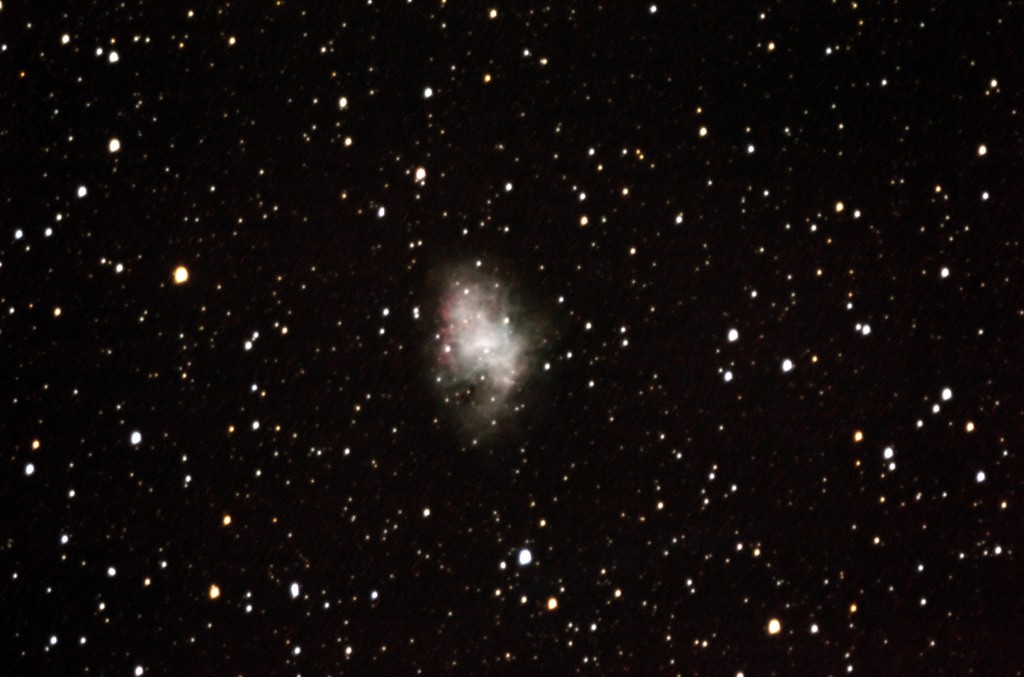
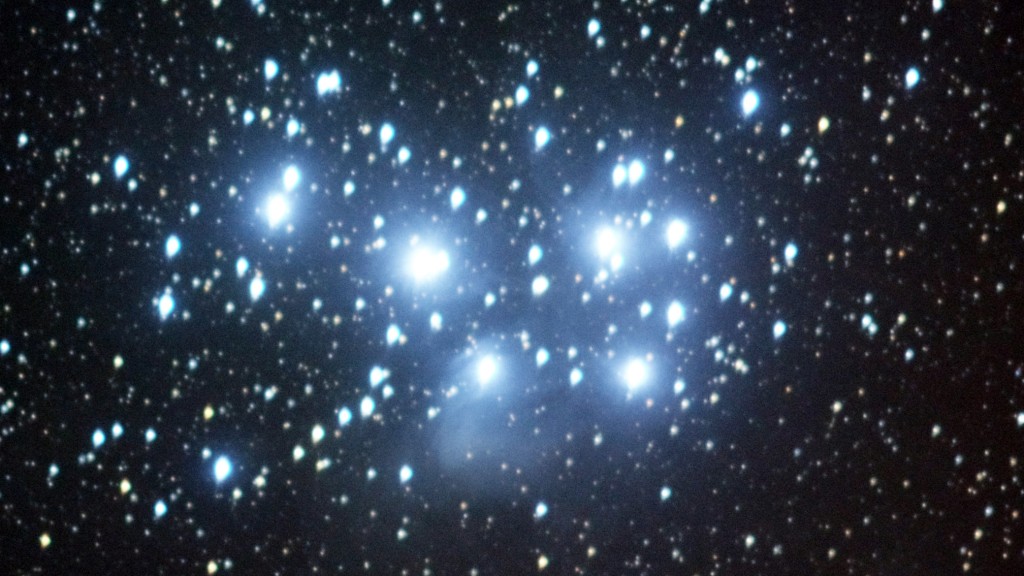
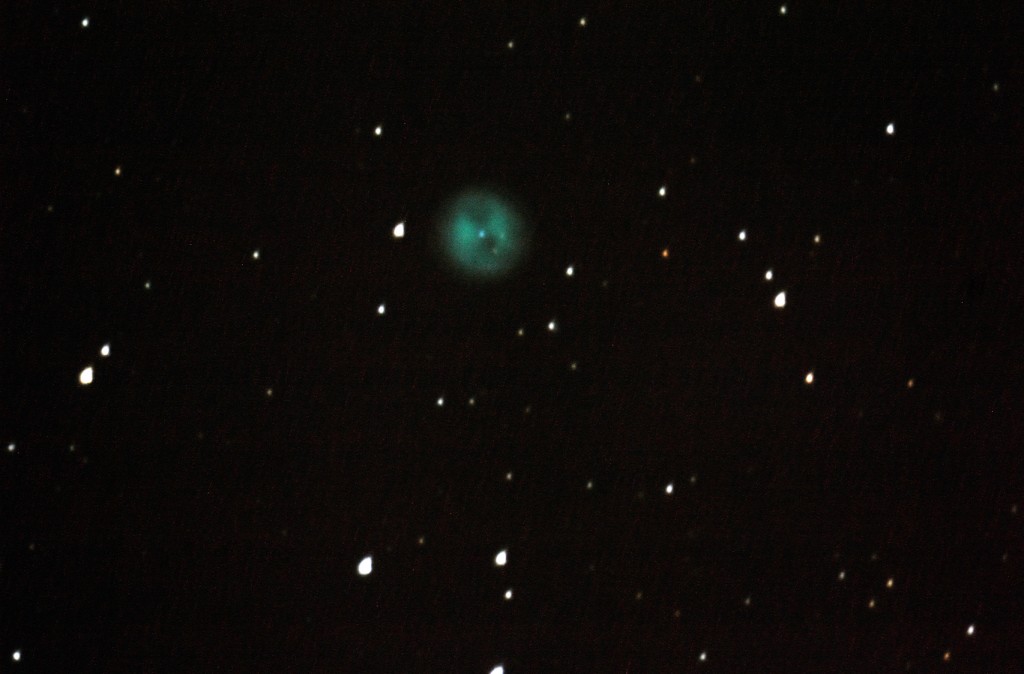
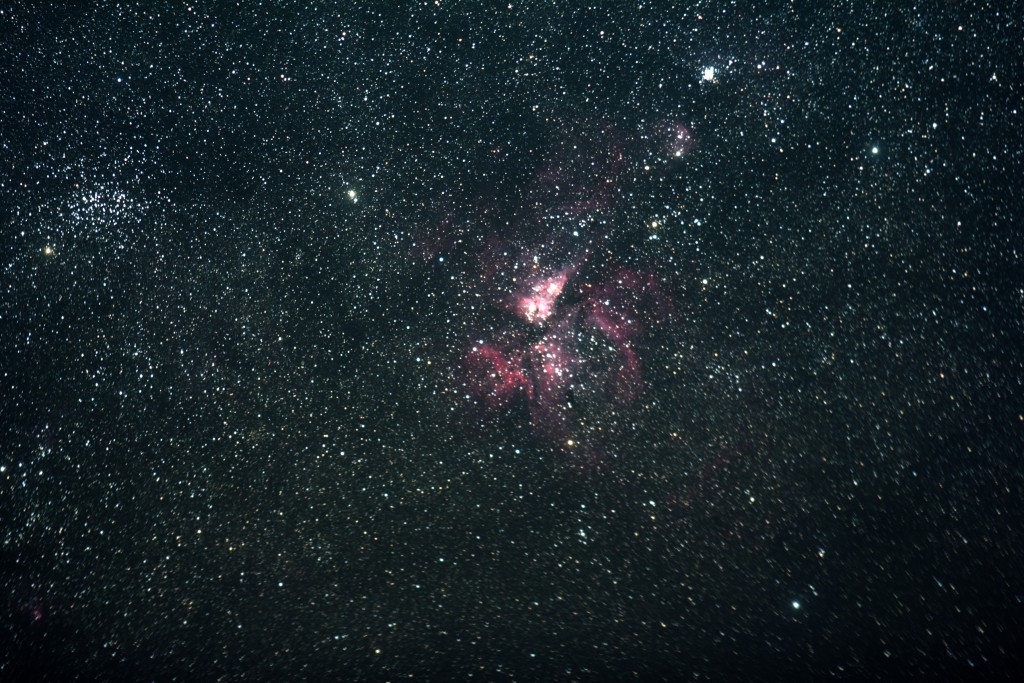
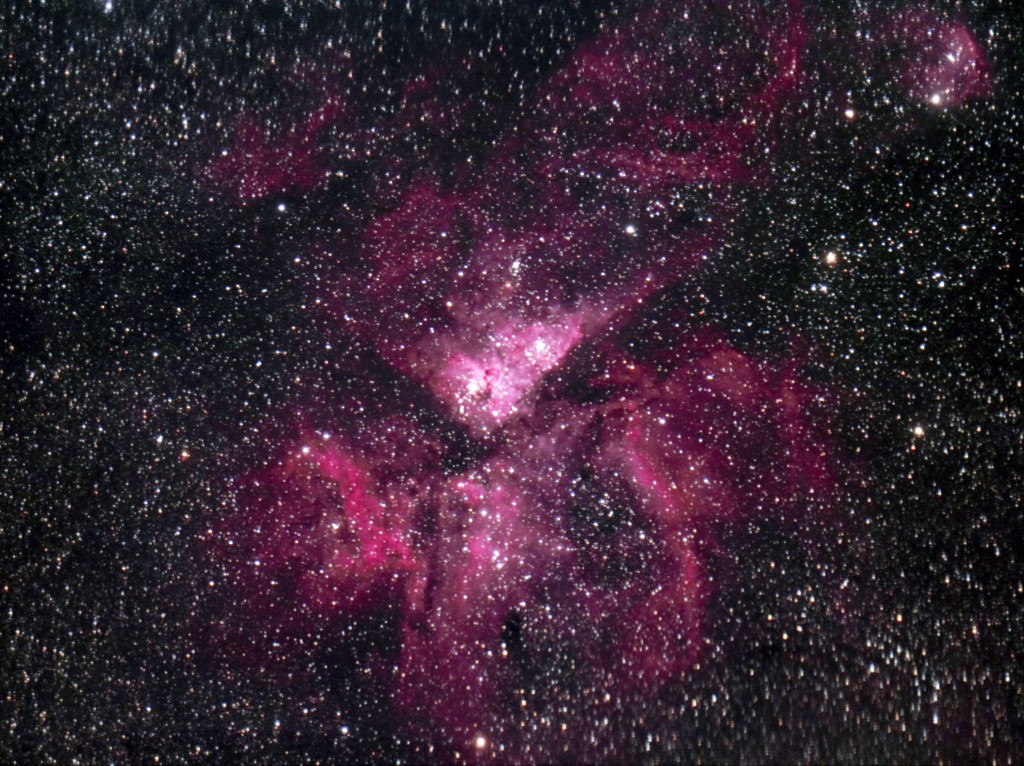
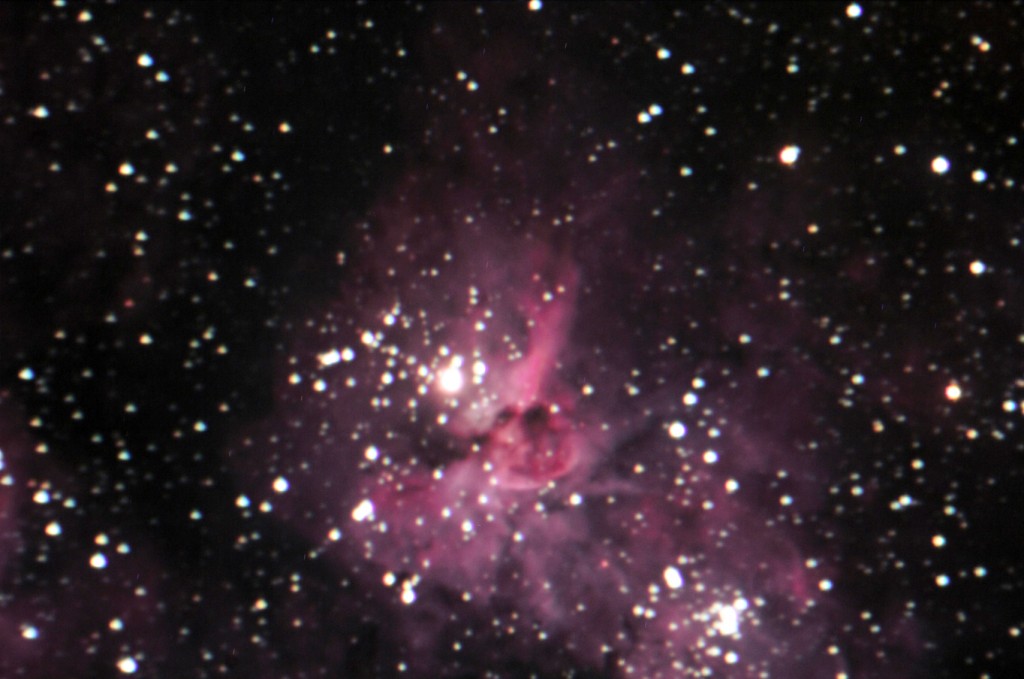
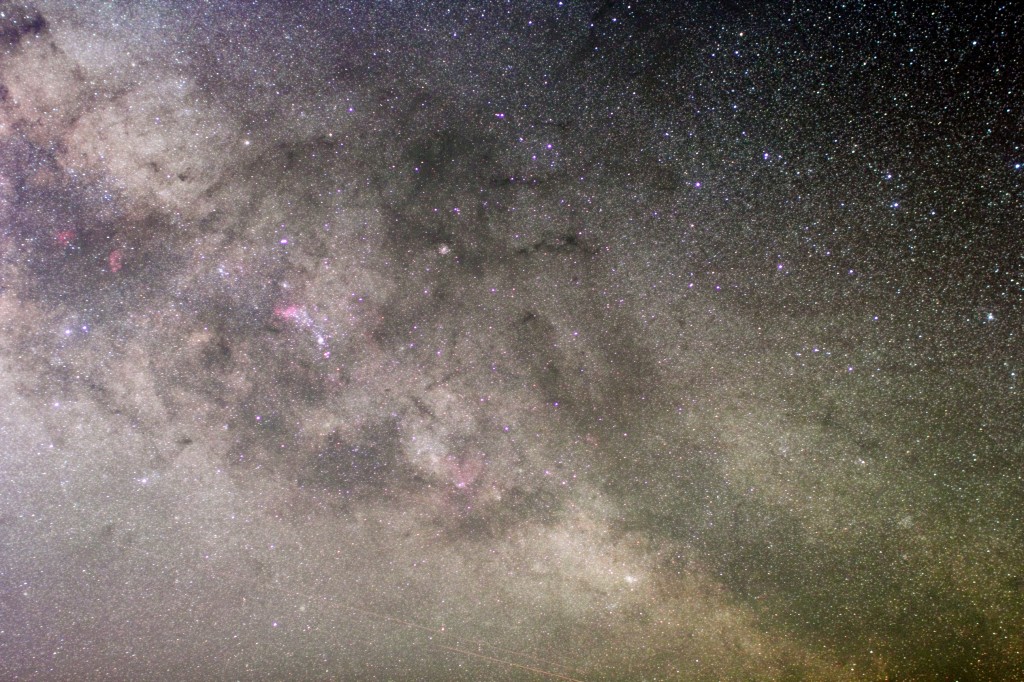
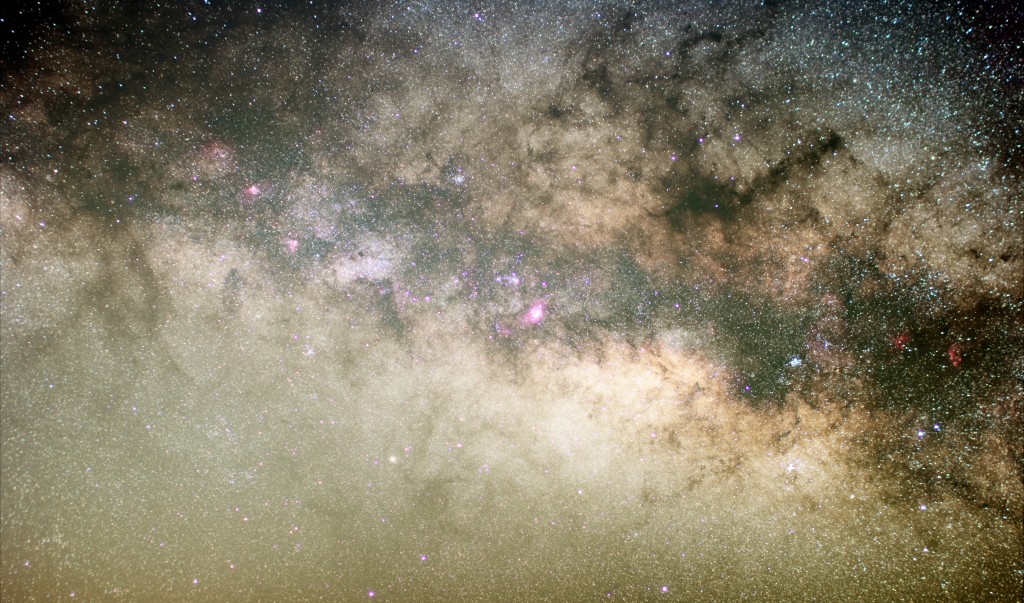
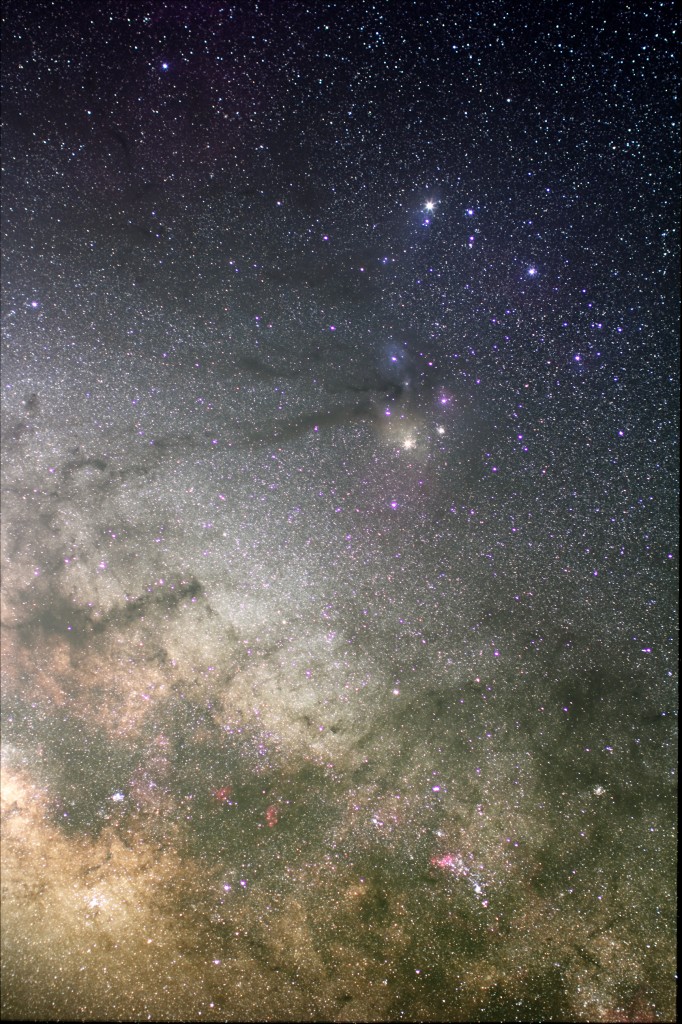
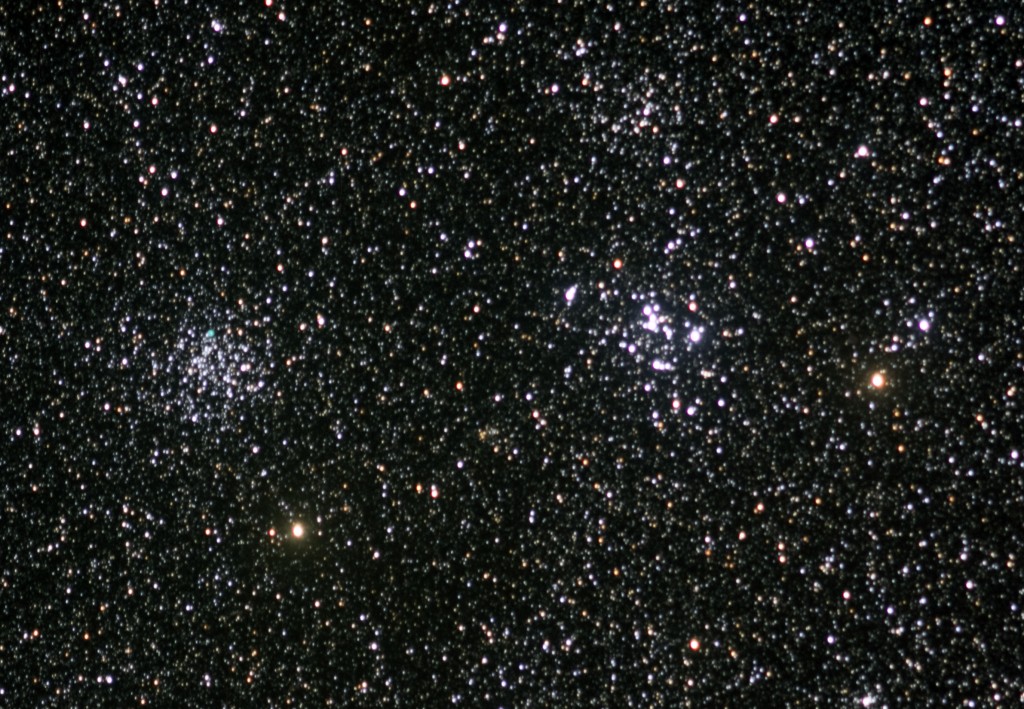
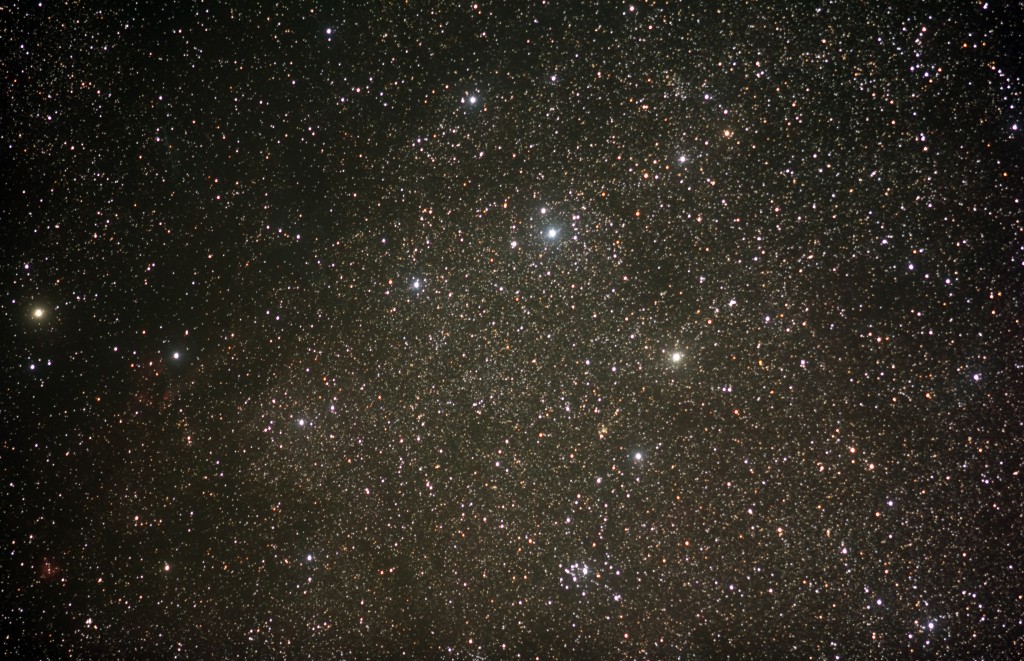
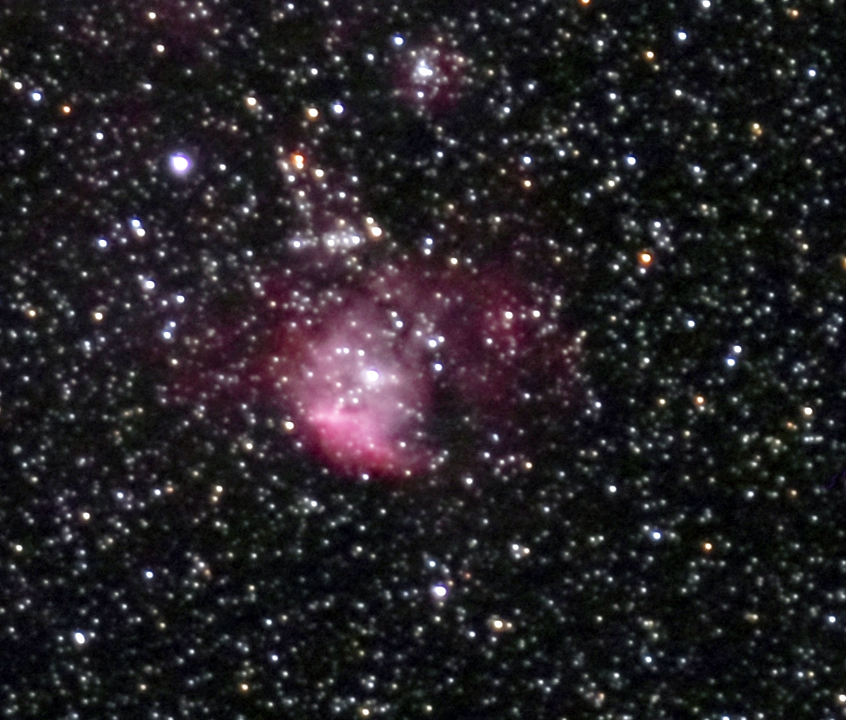
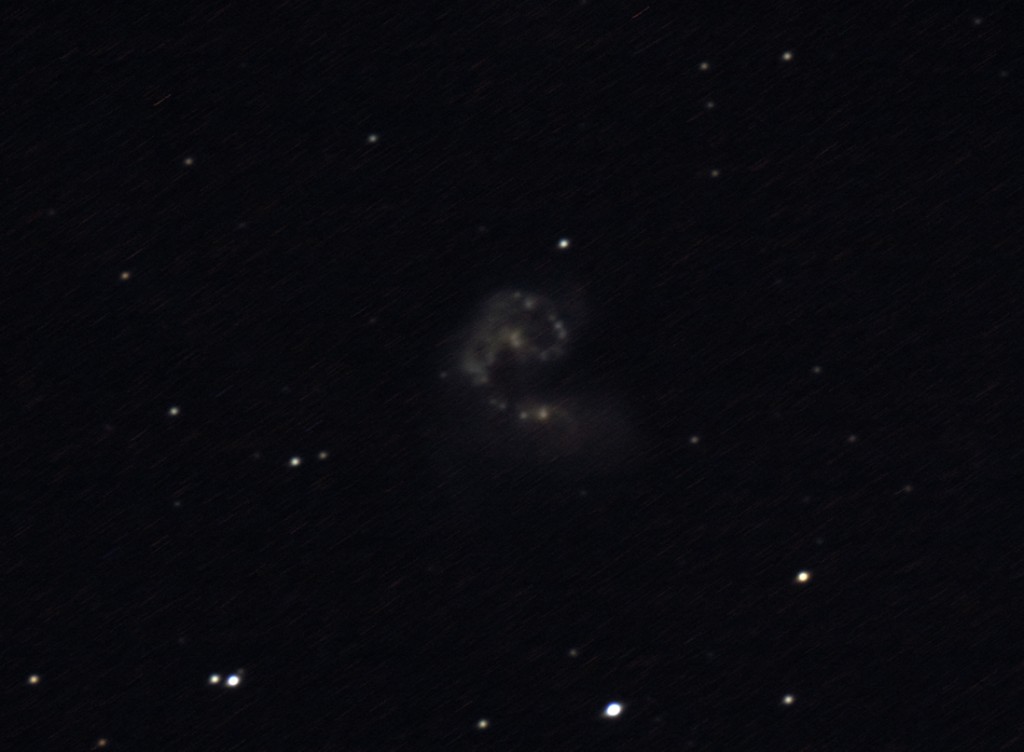
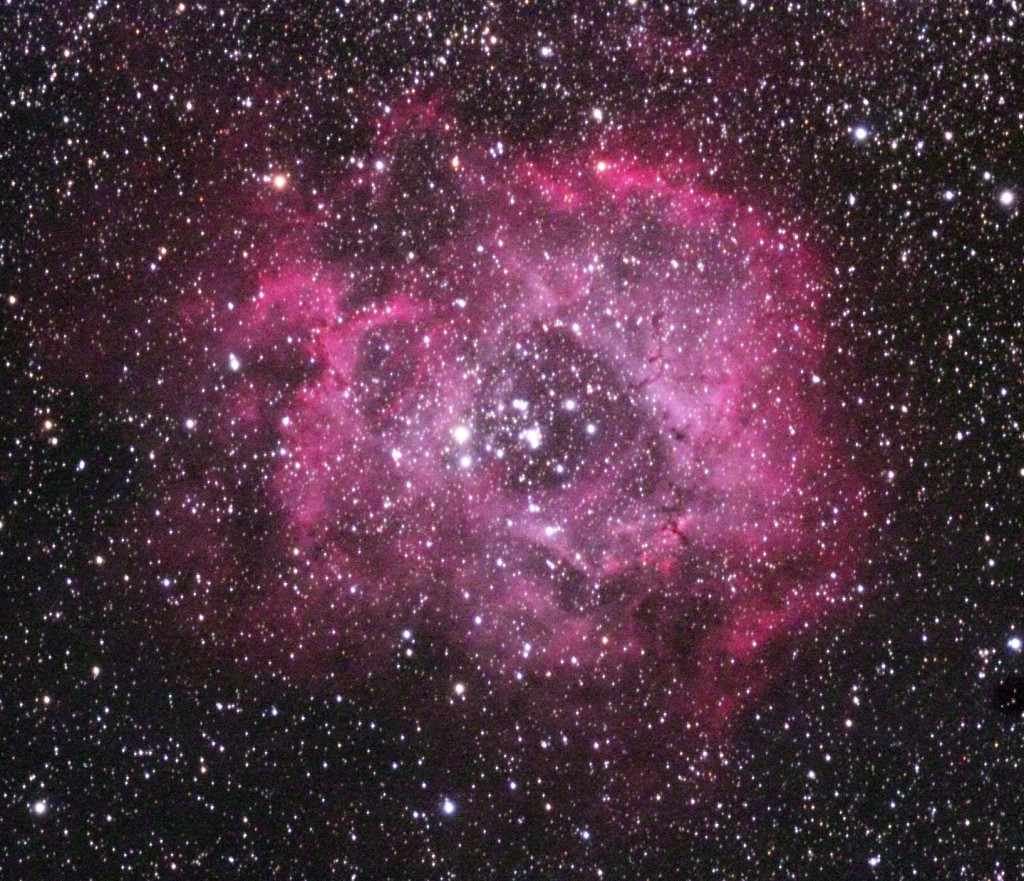
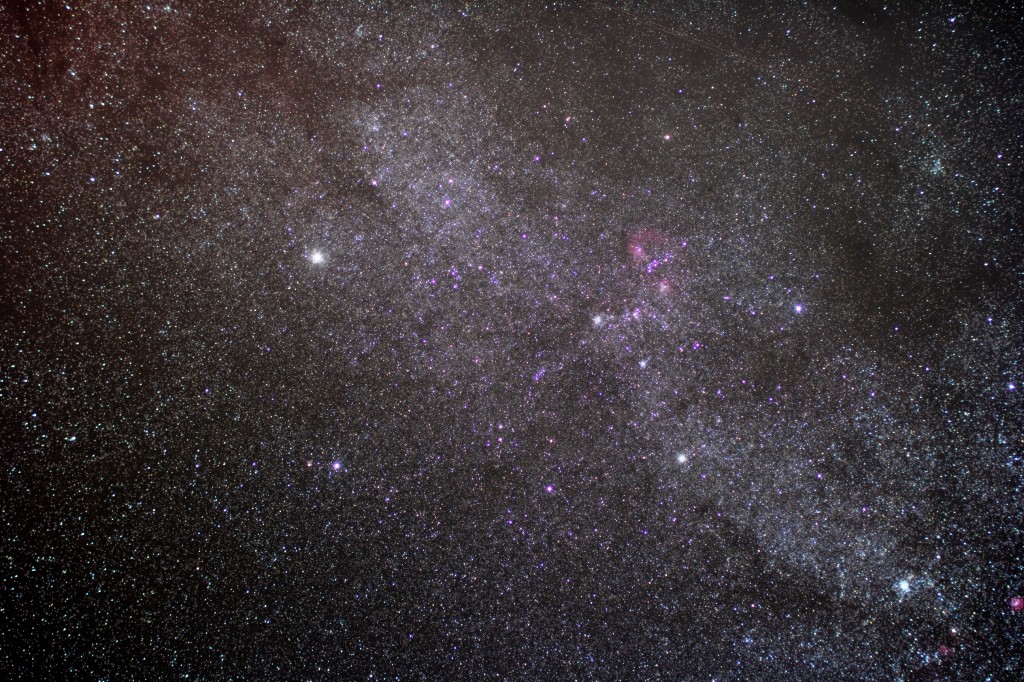
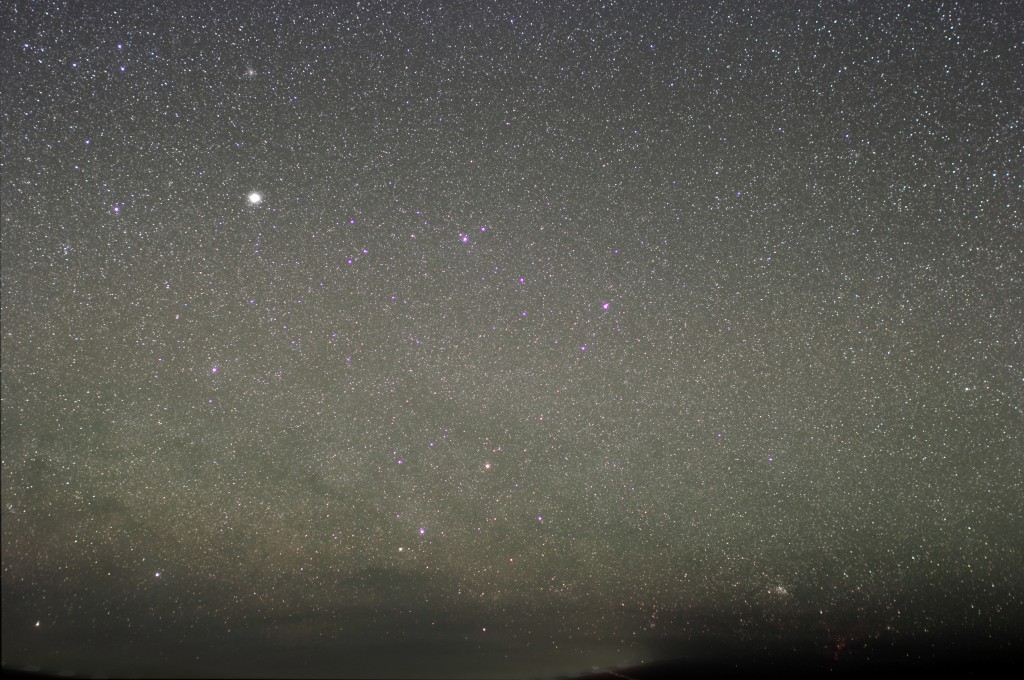
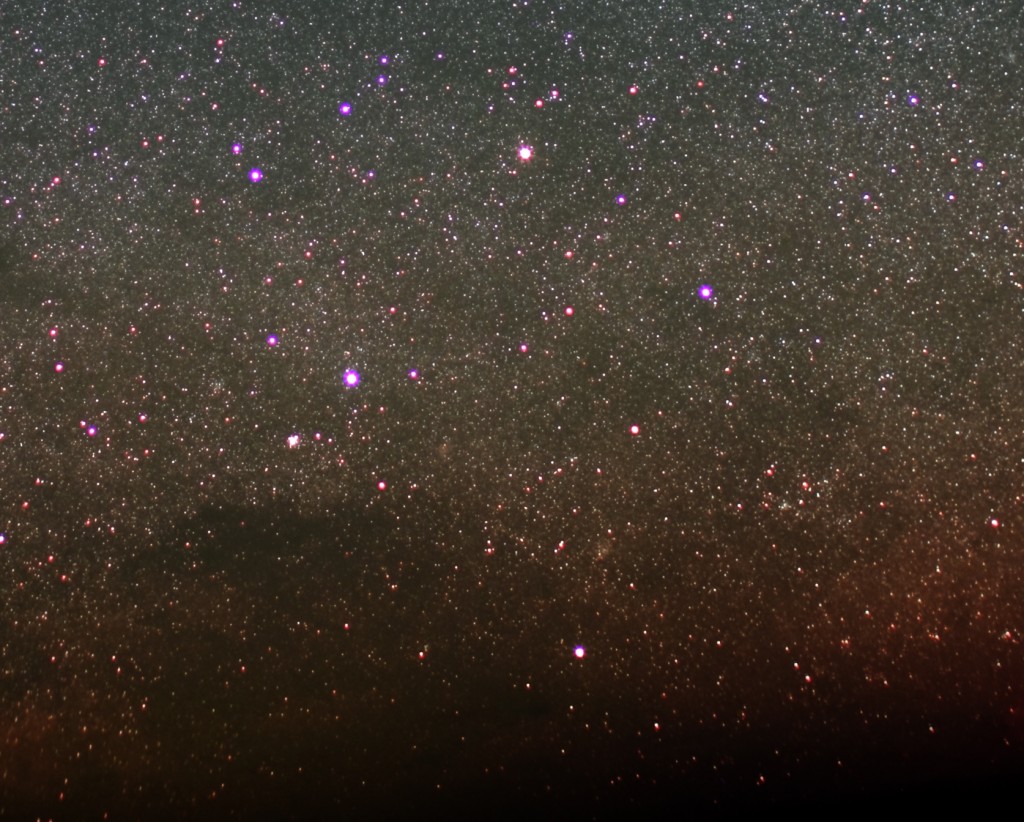
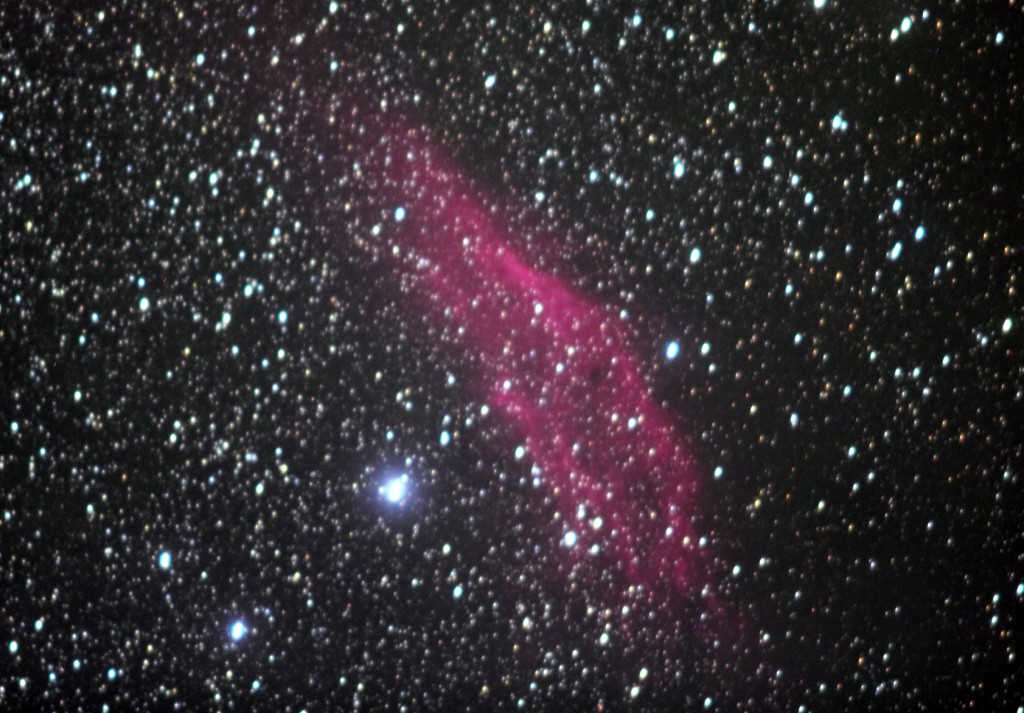
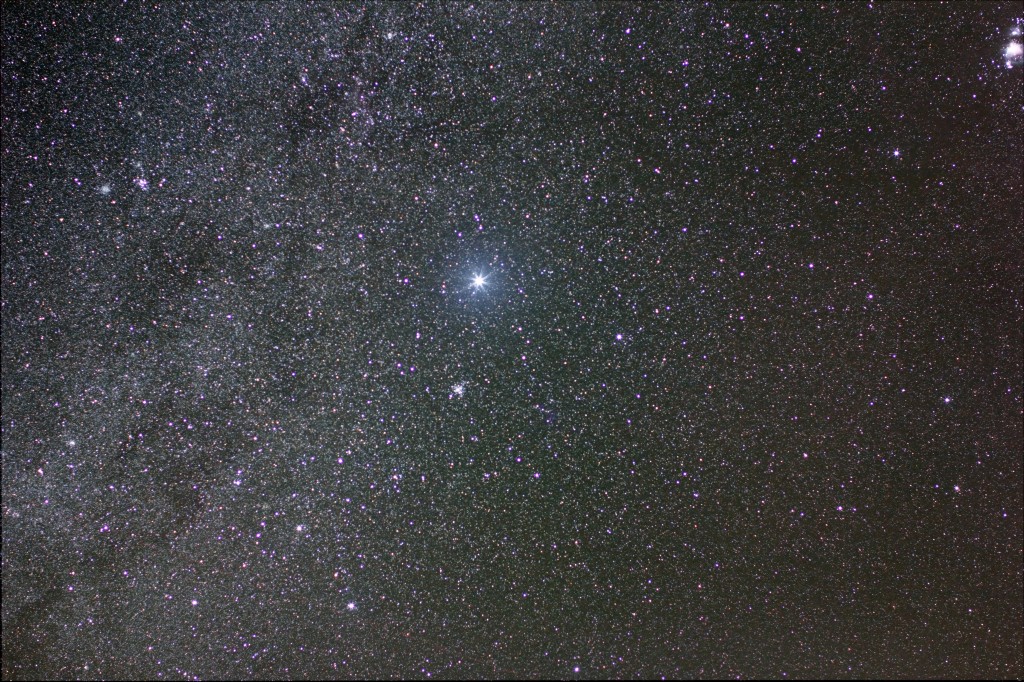
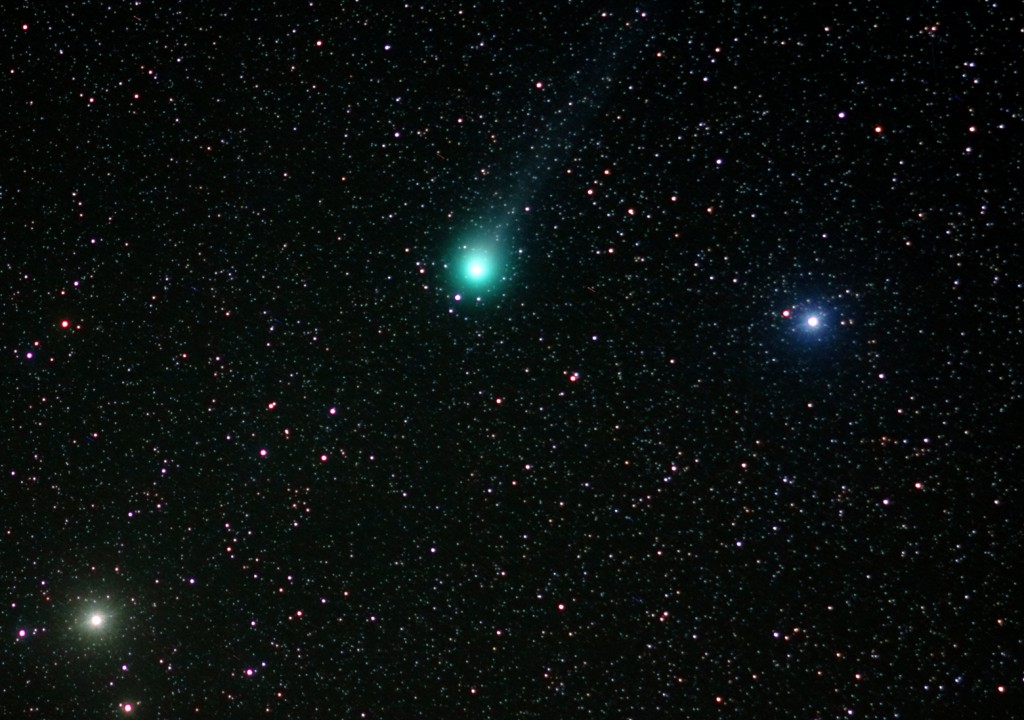
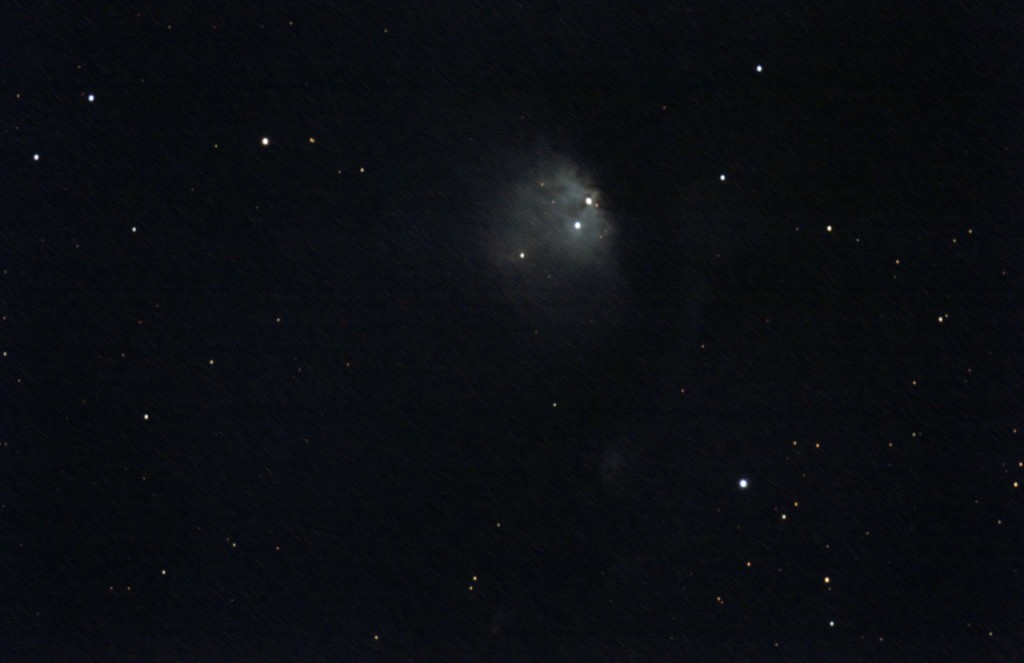
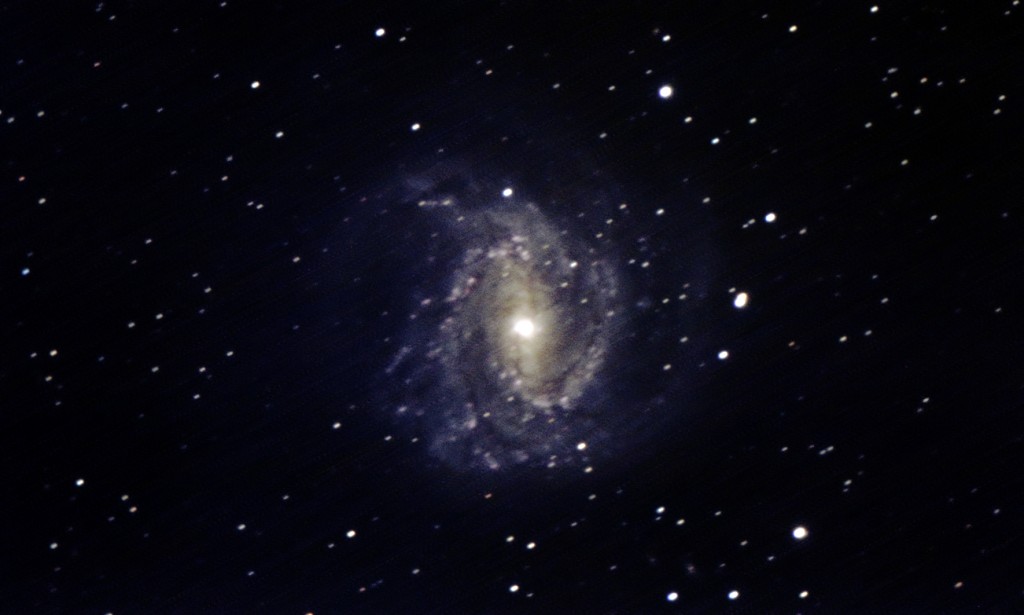
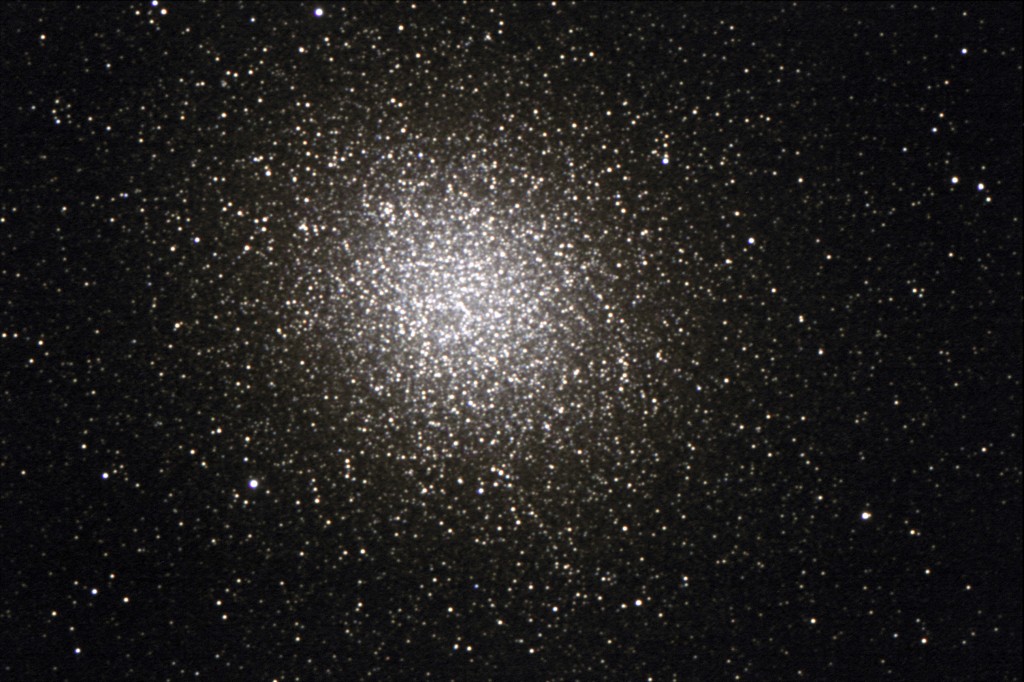
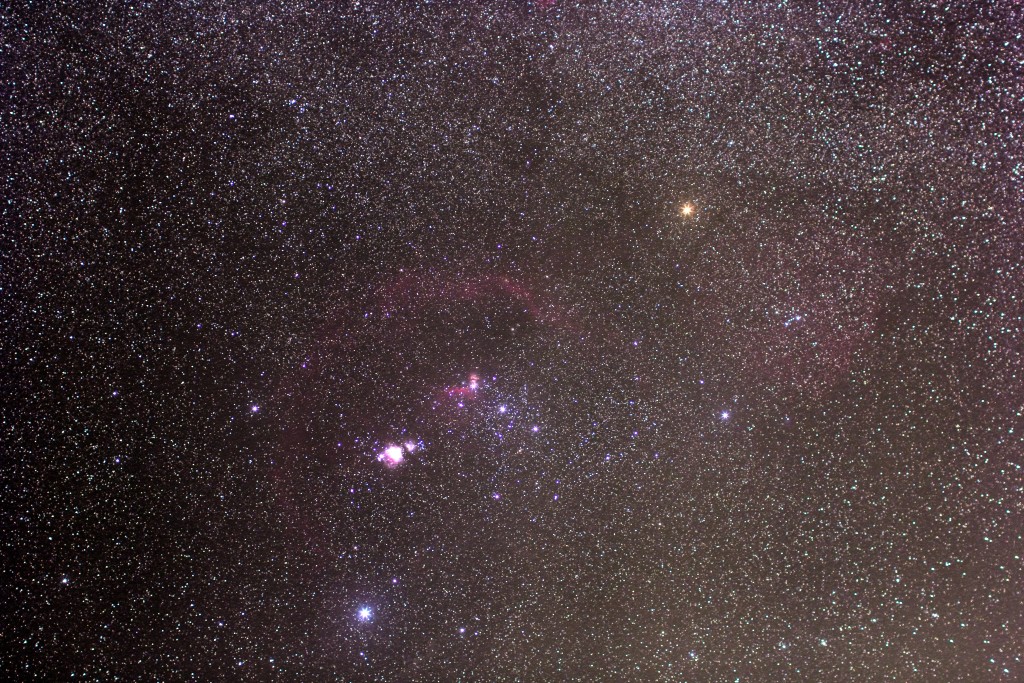
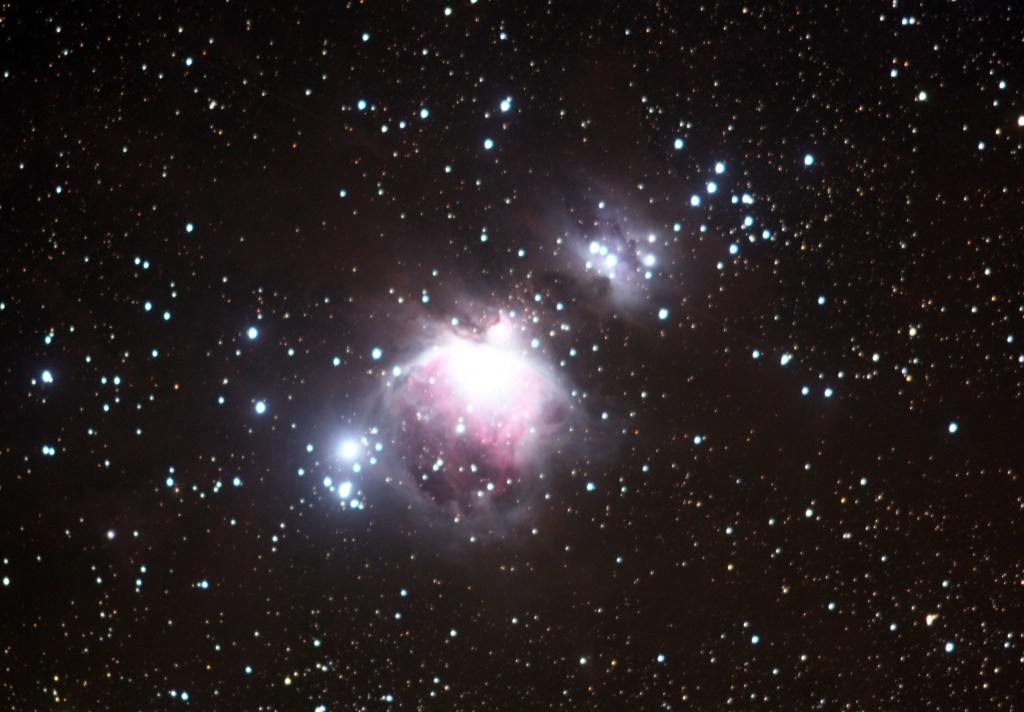
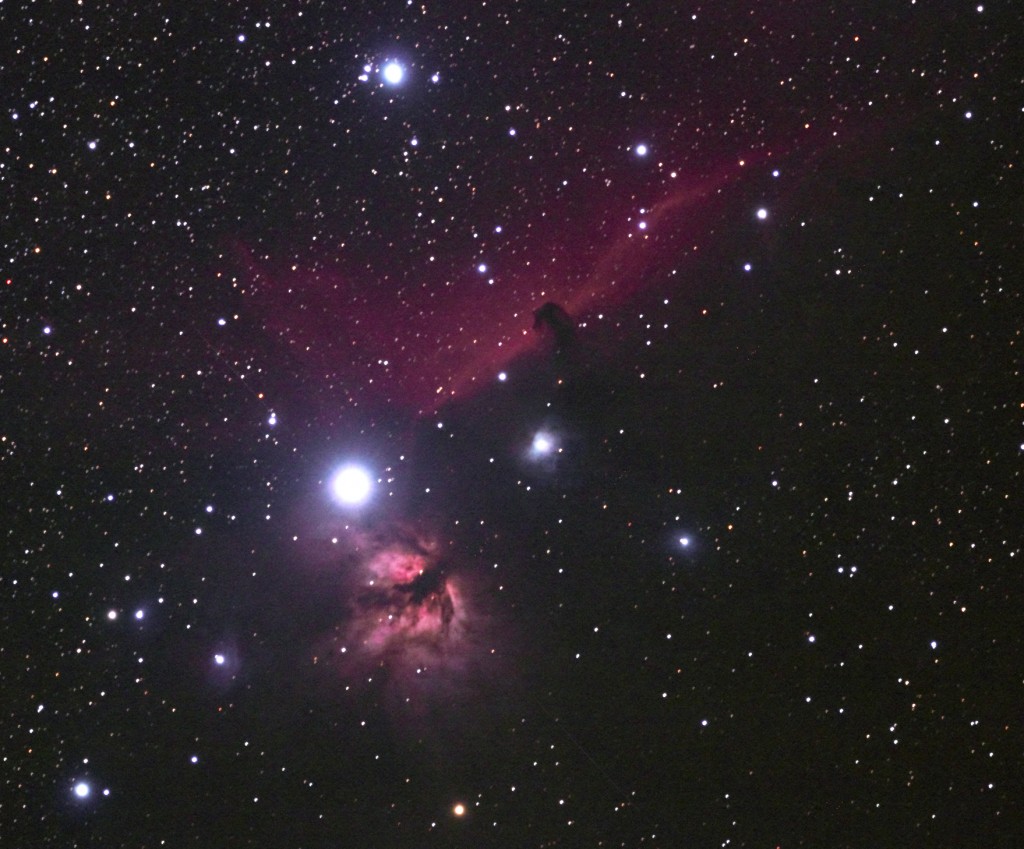
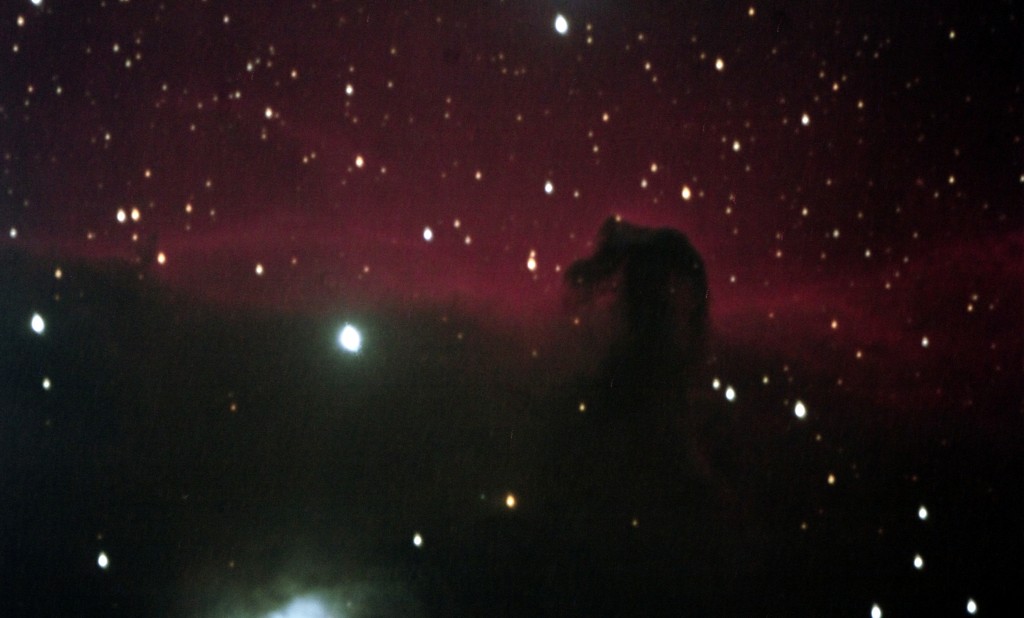
Recent Comments